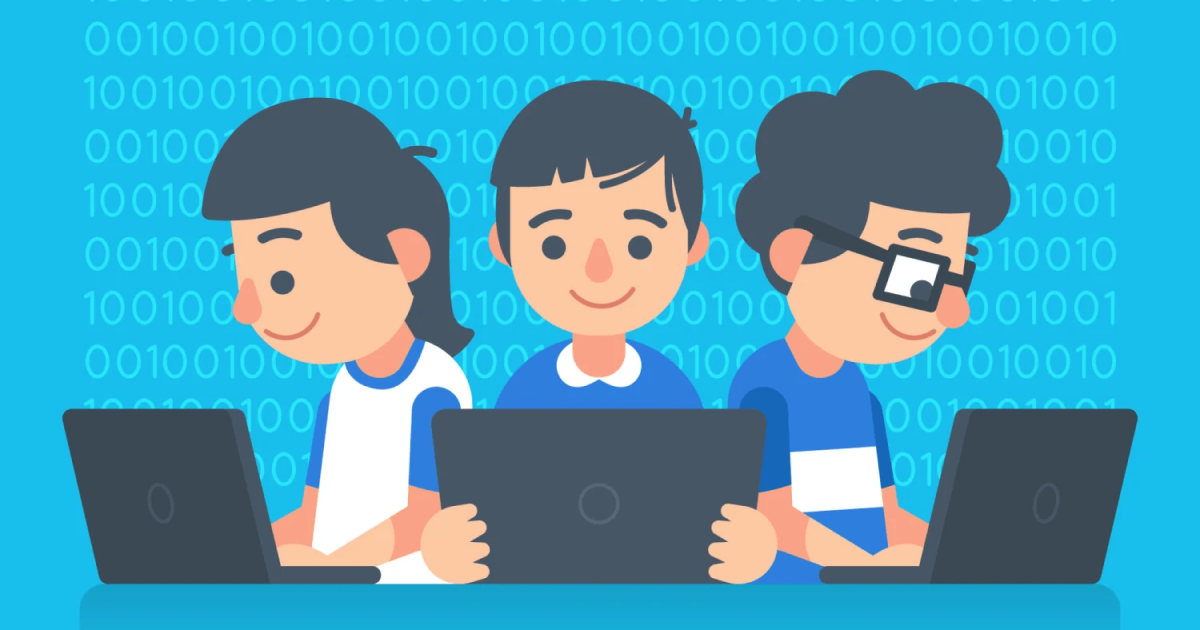

· By Codomo Singapore
Fundamentals of Binary You Need to Know - Part 2
How binary is used for data representation and how to convert it to hex, ascii and unicode
Here are some good news, I have an explanation for this question. We know that computers think in binary so it is useful for us to understand what goes on behind the scenes when we input something into the computer. Which is why in this guide, we will explore how basic mathematical functions are carried out in binary, how to shorten binary code using hexadecimal, how our screens are able to display different colors, as well as binary conversion to ASCII and Unicode.
Addition & Subtraction In Binary
Here is a problem someone might face when looking at addition in binary for the first time. Since binary only has the numbers 1 and 0, what do we do when we add 1 with another 1. We can't write 2 right? Also, how do we subtract in binary if we can't have a negative sign? In this video, we will explain how these problems are solved.
Multiplication & Hexadecimal
After addition and subtraction, we need to know how to carry out multiplications in binary. It is actually pretty straightforward once you know how it is carried out. But other than mathematical functions, we have an issue with the length of binary code.
While the long strings of 1s and 0s carry crucial information, it takes up a lot of space. Using hexadecimal however, we can shorten the number of bits used by four times! This saves up a lot of space and this video explains how this conversion works.
Colors, Images & Videos
Have you ever wondered, how does a video play on the screen? We have all probably guessed by now that there are numerous tiny LEDs that allow different colors to appear on the screen but how do these LEDs show all these different colors?
Images are quite confusing as well. When we ask a computer to store images, there are no words or numbers on the image so how does it even convert it into binary? All these questions are answered in this video. But wait a second, how does this video get stored in terms of binary if it is not just a still image? Don't worry, we will answer that as well.
